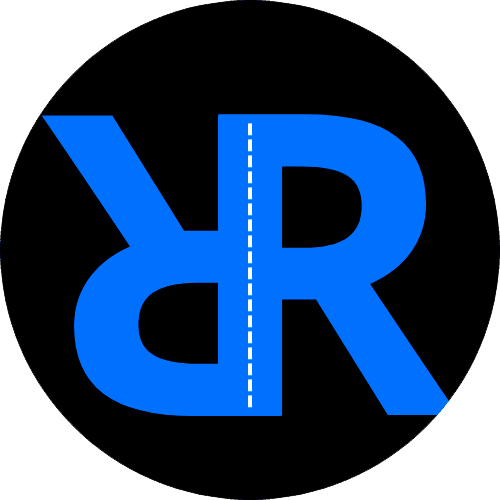SAP Transaction PO13: A Comprehensive Guide for SAP Users
Welcome to our tutorial on SAP transaction PO13, a key transaction code used in SAP Materials Management (MM) module. In this tutorial, we will provide you with a step-by-step guide on how to effectively utilize PO13 for managing purchase orders in your SAP system. Whether you are a novice SAP user or an experienced consultant looking for a refresher, this tutorial will equip you with the necessary knowledge to navigate through PO13 seamlessly.
Before we dive into the details, we’d like to introduce you to a valuable resource that can enhance your SAP MM skills and help you become an expert in the field. Check out the SAP MM online video training offered by our expert SAP MM consultant, available at roadtoexpert.com. This comprehensive training program will provide you with in-depth knowledge and practical insights to boost your proficiency in SAP MM and accelerate your career growth.
Now, let’s begin our tutorial on using SAP transaction PO13.
What is SAP Transaction PO13?
SAP Transaction PO13 (Display Purchasing Document) is a transaction code used in SAP MM to view and analyze purchase orders. It allows users to access detailed information, such as vendor details, item quantities, pricing, and delivery dates, for a specific purchase order. With PO13, you can effectively manage and track your organization’s purchasing activities.
Step 1: Accessing SAP Transaction PO13
To start using PO13, follow these steps:
- Log in to your SAP system using your user ID and password.
- Launch the SAP Easy Access Menu.
- Navigate to the “Logistics” folder and expand it.
- Locate and click on the “Materials Management” folder.
- From the sub-menu, select “Purchasing”.
- Next, choose “Purchase Order” and click on “Display Purchase Order” to proceed to the PO13 transaction.
Step 2: Understanding PO13 Transaction Screen
Once you have accessed PO13, you will encounter the PO13 transaction screen, which consists of various fields and tabs. Let’s explore each of them:
- Header Data: This section contains the main fields for entering general information about the purchase order, such as vendor, purchasing organization, and purchasing group.
- Item Overview: Here, you can view and manage the line items of the purchase order. Each line item represents a specific item being ordered, along with its associated details like material, quantity, and pricing.
- Delivery Schedule: This tab displays the delivery schedule for the purchase order, including the planned delivery dates, quantities, and locations.
- Invoice Plan: The invoice plan tab provides information about the planned payments associated with the purchase order, such as payment terms and due dates.
- Conditions: In this tab, you can find details about pricing conditions, such as discounts, taxes, and surcharges, applicable to the purchase order.
- Attachments: If any documents or files are attached to the purchase order, you can find them in this tab.
Step 3: Displaying Purchase Orders with PO13
Displaying purchase orders is the primary function of PO13. Here’s how you can view a purchase order using PO13:
- Start by entering the purchase order number in the “Purchase Order” field. You can either manually enter the number or use the search function to find it.
- Once you have entered the purchase order number, click on the “Display” button to view the detailed information of the purchase order.
- Use the different tabs in the PO13 transaction screen to navigate through the various sections of the purchase order, such as header data, item overview, delivery schedule, etc.
- Review the information displayed in each section to understand the details of the purchase order, such as vendor details, item quantities, pricing conditions, and delivery schedule.
Congratulations! You have successfully displayed a purchase order using SAP transaction PO13.
Step 4: Exploring Additional Functionality
SAP transaction PO13 offers various additional functionalities to streamline your purchase order management processes. Here are some notable features you can leverage:
- Create Purchase Orders: In addition to viewing purchase orders, you can also create new purchase orders using SAP transaction ME21N. This allows you to initiate and manage the procurement process within your organization.
- Change Purchase Orders: PO13 enables you to modify existing purchase orders. You can edit fields such as quantities, delivery dates, or pricing conditions. Simply enter the purchase order number and make the necessary changes.
- Release Purchase Orders: If a purchase order is in a blocked or pending status, you can use PO13 to release it for further processing. This ensures a smooth flow of procurement activities and timely delivery of materials.
- Print Purchase Orders: PO13 allows you to generate and print hard copies of purchase orders for record-keeping or sharing with stakeholders. Simply select the desired print format and click on the “Print” button.
Conclusion
In this tutorial, we have provided you with a comprehensive guide on using SAP transaction PO13 in the SAP MM module. We covered the basics of PO13, explained how to display a purchase order, and explored additional functionalities. Remember, continuous learning and practice are key to becoming proficient in SAP MM.
To further enhance your skills in SAP MM, we highly recommend our SAP MM online video training, designed by our expert SAP MM consultant. This training program offers comprehensive modules and hands-on exercises to help you become an SAP MM expert. Visit roadtoexpert.com to learn more and take your SAP MM skills to new heights.
